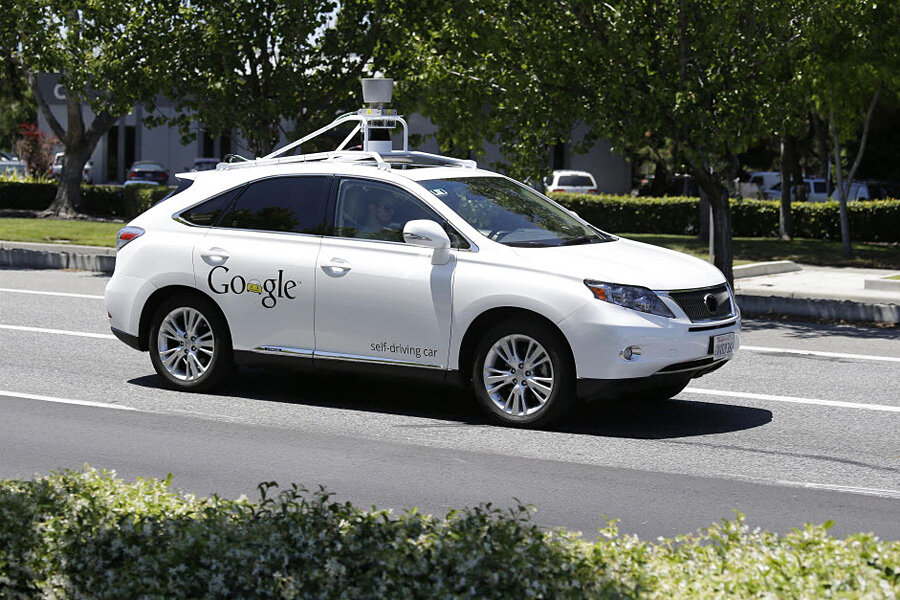Why Maryland no longer requires drivers to know how to parallel park
Loading...
The Maryland Motor Vehicle Administration announced Wednesday that it was removing the parallel parking requirement from its driver's test. Many other states do not have parallel parking on their drivers' tests.
Why are states no longer requiring people to know how to parallel park?
There are several reasons, but two in particular: parallel parking is statistically one of the safest driving maneuvers and the most states have more citizens living in suburban and rural areas than in cities.
Surprisingly, safety is not a big issue with parallel parking. Instructors are more concerned with teaching new drivers how to execute difficult maneuvers, like entering on short highway ramps and making u-turns.
A February 2015 study done by the National Highway Traffic Safety Administration found that, out of 2,046,000 driver-related critical reasons for crash, 845,000 were due to recognition error and 684,000 were due to decision error. Only 210,000 crashes occurred because of performance error. While this number seems high, it is relatively small in comparison with the other two. These statistics suggest that driving instructors should be prioritizing driver decision-making skills instead of spending time explaining the finer points of parallel parking.
Many states are doing away with parallel parking requirements because the majority of their populations live outside of cities. David Resnick, treasurer for the Maryland Professional Driver Education Association told the Washington Post: “If you live in D.C., you’re going to be doing a lot of parallel parking ... But the fact is that most people who don’t live in the city don’t parallel park that often.”
Mr. Resnick says that he is "in favor" of the decision and that "nobody dies parallel parking."
As the pool of parallel parkers dwindles, self-parking cars may find a foothold in the consumer economy. Lexus introduced auto-parking in 2007 and USA TODAY recently reported that "now auto-parking, mainly found on luxury vehicles, is moving mainstream."







